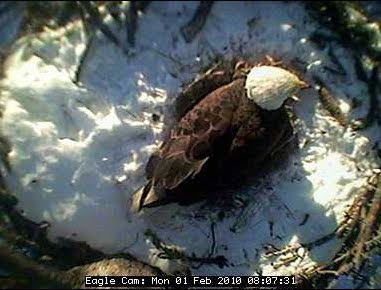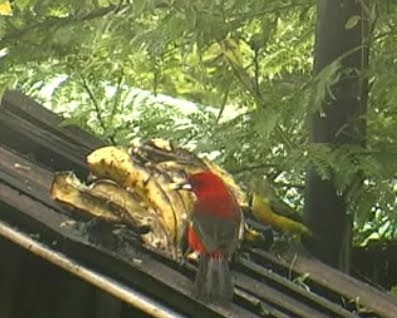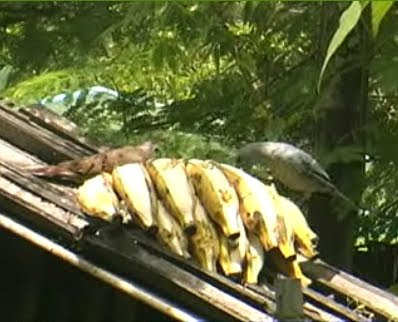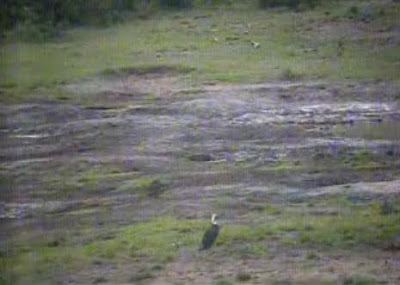From Ecuador via Brazil to South Africa, more new species seen and heard

During last days I've been lurking and peeking several webcams in South America and South Africa. Itamambuca Eco Resort webcam in South Brazil gave me two new species: Golden-chevroned Tanager (Thraupis ornata ) and Half-collared Sparrow (Arremon semitorquatus) . Both of these species were "awards" from persistent waiting - Itamambuca feeder is really quiet place... Backyard of Luciano Breves, also in South Brazil, instead is a heaven for remote birder - lot's of birds all day round. New species from Luciano's feeders are all Hummingbirds: Festive Coquette (Lophornis chalybeus) , White-throated Hummingbird (Leucochloris albicollis) , Swallow-tailed Hummingbird (Eupetomena macroura) and Saw-billed Hermit (Ramphodon naevius) . Very nice hummers all! Long-tailed Sylph (Aglaiocercus kingii) , yet another nice hummingbird, visited the feeder at Buenaventura Reserve in Ecuador. There I have seen also almost every day two big unidentified hummingbird species, please


















